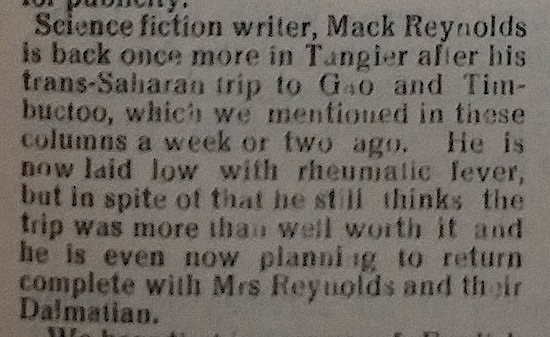A (Black) Gat in the Hand: Black Mask — January, 1935
“You’re the second guy I’ve met within hours who seems to think a gat in the hand means a world by the tail.” – Phillip Marlowe in Raymond Chandlers’ The Big Sleep
(Gat — Prohibition Era term for a gun. Shortened version of Gatling Gun)
Joseph ‘Cap’ Shaw was still at the helm of Black Mask in January of 1935, when Raymond Chandler’s “Killer in the Rain” scored the cover. But this issue also included stories by Frederick Nebel, Erle Stanley Gardner, George Harmon Coxe and Roger Torrey. All that for fifteen cents!
“Killer in the Rain” featured Carmady. I’m in the camp that feels all of Chandler’s PIs: Carmady, Ted Carmady, Ted Malvern and John Dalmas were all essentially Philip Marlowe with slight differences. Carmady appeared in six stories – all in Black Mask.
The story was heavily cannibalized for Chandler’s first novel, The Big Sleep. Carmen Dravec became Carmen Sternwood, played memorably by Martha Vickers in the HumphreyBogart film. Two other Carmady stories, “The Curtain” and “Finger Man,” were also used. I think that “Killer in the Rain” is a strong story on its own and is definitely worth reading. I’m tinkering with ideas for a separate post on this story.
Frederick Nebel, whose Tough Dick Donahue (subject of an earlier post in the series) would replace The Continental Op when Dashiell Hammett left the pulps, provided Black Mask readers with the twenty-eighth adventure featuring Captain Steve MacBride of the Richmond City Police and newsman Kennedy of the Free Press. MacBride is a tough, by-the-book cop, while Kennedy is a hard-drinking smart aleck reporter. However, both are committed to justice and cleaning up corrupt Richmond City.
Except for one story (“Hell on Wheels” – Dime Detective), the entire series appeared in Black Mask. The collection has been reprinted in a three-volume series from Altus Press.









